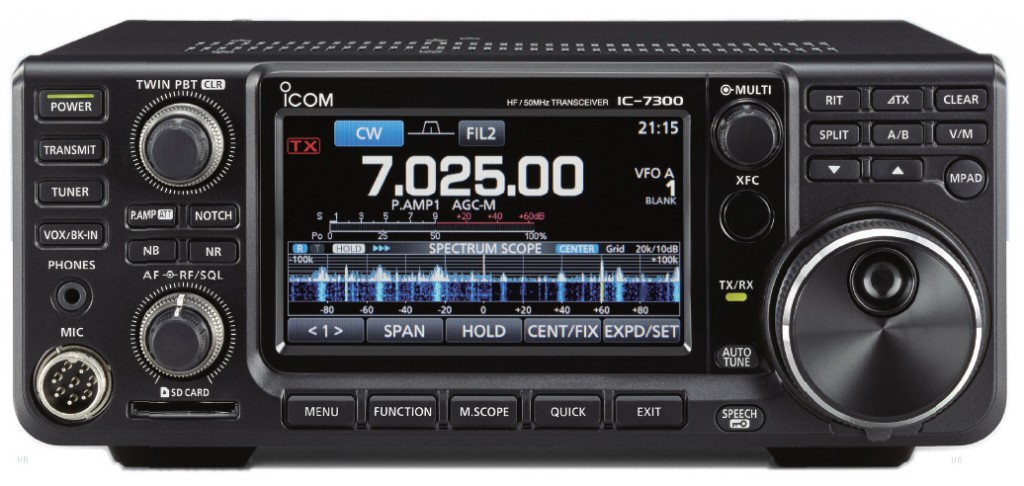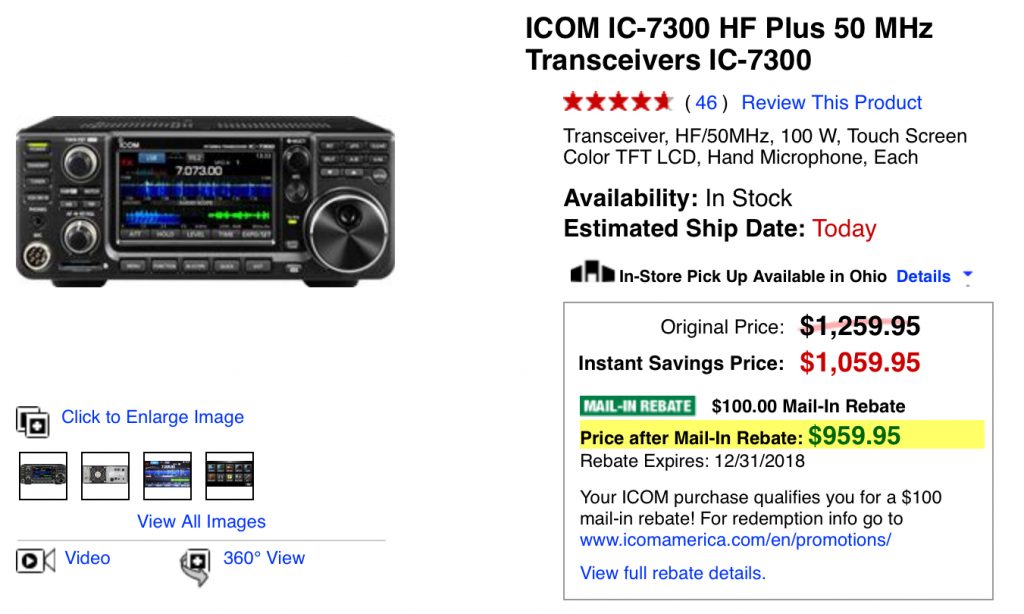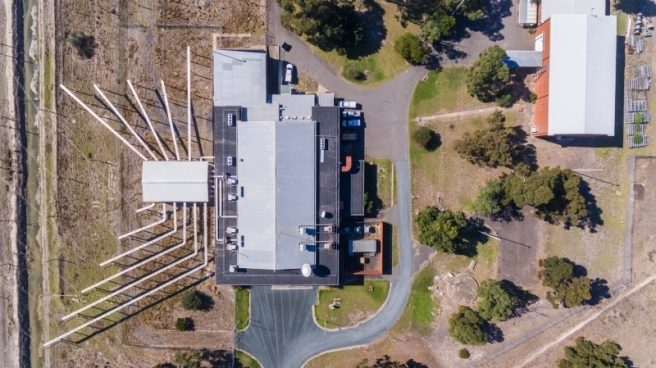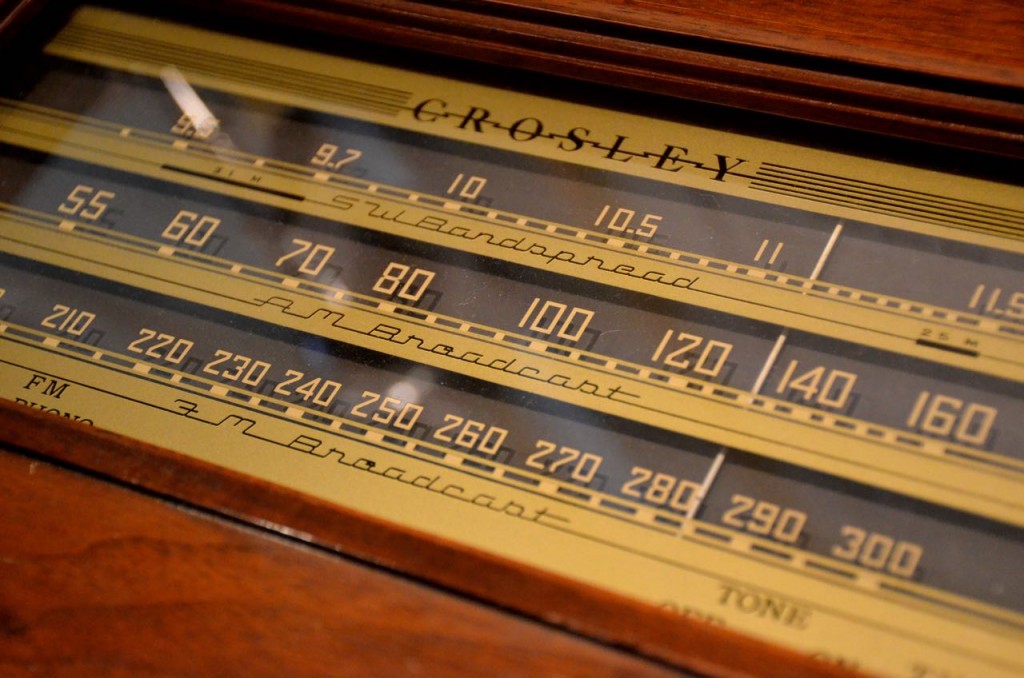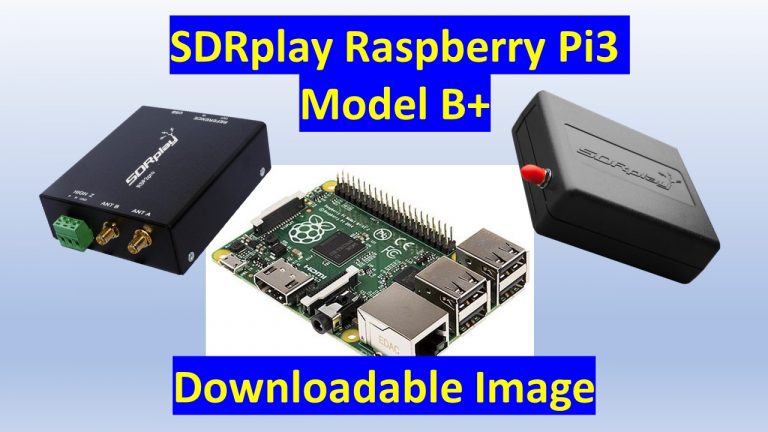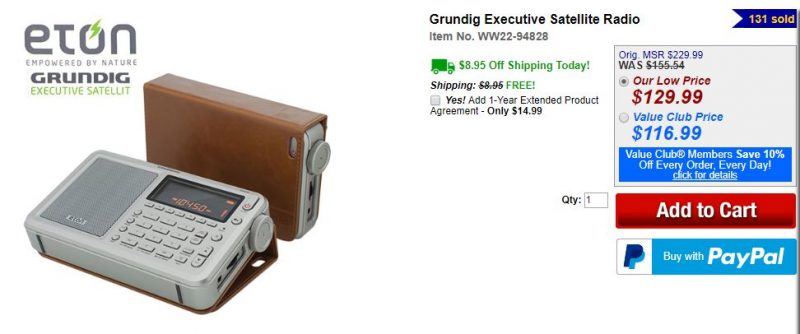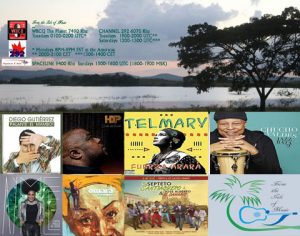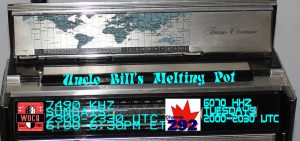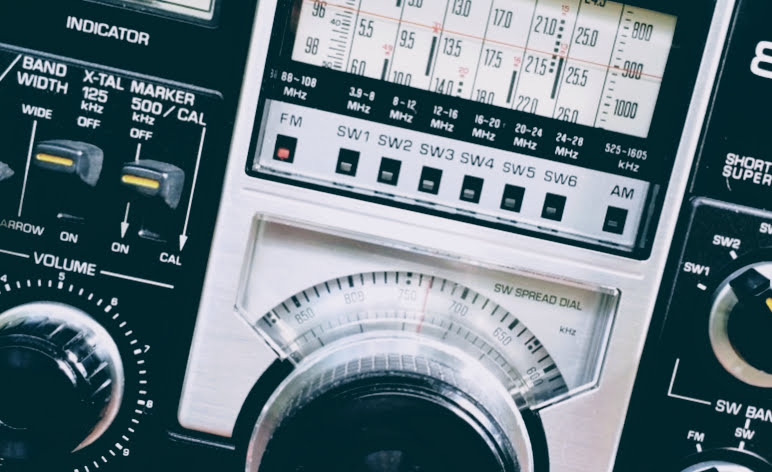 Many thanks to SWLing Post contributor, Guy (KC5GOI), for sharing a link to the following (brilliant–!) radio feature from the Texas Standard:
Many thanks to SWLing Post contributor, Guy (KC5GOI), for sharing a link to the following (brilliant–!) radio feature from the Texas Standard:
Texas Standard For November 23, 2018
On this Black Friday, we explore how marketing created a legacy of pirates in the air over Texas – affecting music culture and politics. It’s a special edition of The Texas Standard.
With shopping season officially underway, we often think of hyper-commercialism as a creation of Madison Avenue. But one could make the case that America’s hype machine got its start along the border of Texas and Mexico, with a million watts of power leading to a revolution of outlaw broadcasters that’s still making a mark today.
You may have noticed that at the beginning of most of our programs, we say “no matter where you are, you’re on Texas Standard time.” How that came about it no accident. It’s a reference to something we haven’t touched on before here on The Standard – a callback to a time where no matter where you were, a particular sound with its roots along the Texas border, blanketed the country and changed the way we heard music, received distant messages and experienced media. It was outlaw radio – programming considered too dangerous for prime time. That’s the subject of today’s special edition of The Texas Standard:
– The Border Blasters’ Influence: how enormously powerful radio stations broadcasting from the border between the 1930s to the 70s, influenced musicians and music itself.
– Goat Glands And Freedom From The Law: Medical huckster and patent medicine seller J.R. Brinkley made his fortune selling his services via border radio.
– Selling Flour And Politics: In the 1930s, W. Lee “Pappy” O’Daniel used radio, and western swing pioneer, Bob Wills, to market flour. Then, he used the same technique to run for Texas governor, and later senator. He won both those races.
– The British Get Invaded: In the middle of the swingin’ 60s, a group of Texas radio “blasters” used an old minesweeper to beam “Radio London” into England, subverting the BBC’s monopoly on the airwaves.
– Typewriter Rodeo: A Radio Dream.
– Modern Pirates: The days of outlaw radio aren’t all in the past. The FCC has cracked down on those who run stations in defiance of the law, but broadcasters persist, especially in an era when the means of making radio are cheaper than ever.
Click here to listen to this feature at the Texas Standard or Soundcloud.
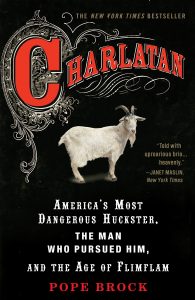 I should add that if you find the topic of border blasting fascinating, I encourage you to check out the book Charlatan: America’s Most Dangerous Huckster, the Man Who Pursued Him, and the Age of Flimflam which tells the story of Dr. John Brinkley and eventually (of course) blasting massive signals across the US/Mexico border.
I should add that if you find the topic of border blasting fascinating, I encourage you to check out the book Charlatan: America’s Most Dangerous Huckster, the Man Who Pursued Him, and the Age of Flimflam which tells the story of Dr. John Brinkley and eventually (of course) blasting massive signals across the US/Mexico border.

